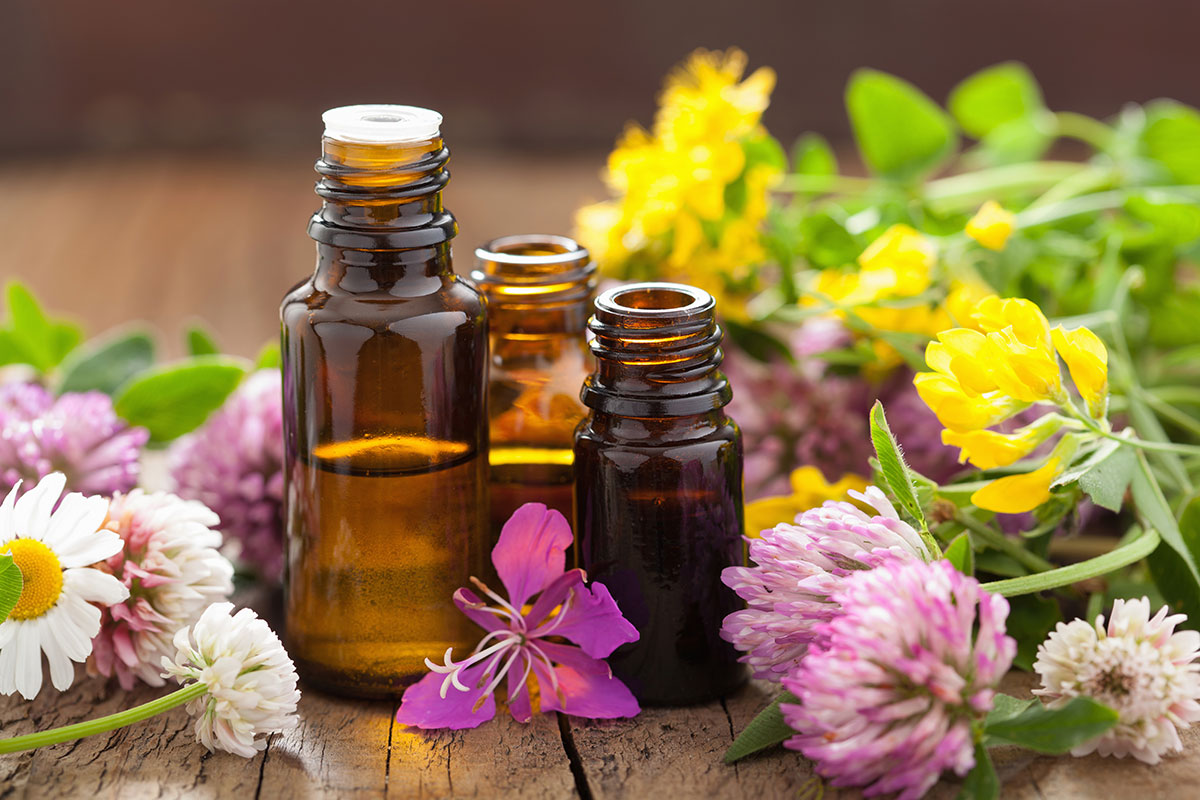
Aromatherapy and Health Balance
“Our bodies are our gardens to which our wills are gardeners.”
William Shakespeare
“The way to health is to take an aromatic bath and an odoriferous massage every day”
Hippocrates (approx. 400BC)
We have arrived at this season which brings us the fragrant smells of flowers and plants, and transports us to a universe of beauty, peace and health.
This is a great time to talk about Aromatherapy, the use of smell for healing purposes. It is the olfactory nerve, the only nerve in direct contact with the external environment, which perceives and stimulates part of the limbic system, the reptilian brain. This archaic brain is said to be more than 100 million years old and manages vital body functions. According to Ayurveda, the sense of smell is attached to the base chakra, muladhara, our connection to the earth, our ability to ground ourselves, to regulate our vital functions, and to free ourselves from fear. Smell subtly affects all human spheres: physical, mental, emotional and spiritual.
Its origin dates back to the beginning of time. There is evidence that over 4000 years ago the ancient Sumarians used cypress and myrrh. Circa 2700 BC, Ayurveda prescribed aromatic massage and the use of herbs for healing. Subsequently, the current development goes to Maurice Gatefosse, chemist (1928) considered the father of modern aromatherapy. It was while healing a burn with lavender oil that he dedicated his life to researching the medicinal effects of essential oils.
Essential oil is a highly volatile substance that contains a wide range of natural compounds working in synergy to protect/heal the plant. The oil has a vibration characterized by different notes like a musical instrument – high, medium and low. It originates from flowers, fruits, roots, leaves, stems, resin or bark of plants. It represents the life force, the spirit and the soul of the plant. The flowers are often relaxing, the resins/barks generally activate the circulation of body fluids, the leaves facilitate healing, the roots help grounding. There are several methods of extracting the aromatic qualities of plants: teas, mother tincture, infusion (herbal tea), decoction, wines, floral water. With regard to the essential oil, steam distillation is the traditional method of concentration.
How to use them? Diffusion using a diffuser, inhalation or topical application on the skin, diluted in an oil or cream, applied to the soles of the feet or to the wrists, or as a perfume.
Summer suggestions:
| H.E. | Note Vibration | Use | Physical effects | Psychological actions |
| Lavender | high to medium | bug bites, burns | tonic, soothes, balances and provides satisfaction | calms and stabilizes heart energy |
| Lemon balm | medium | against stress | reduces inflammation and facilitates healing | drives out depression, balance relaxation/productivity |
| tea tree | High to medium | scuffed, powerful disinfectant | analgesic, disinfectant, strengthens the Heart, the lungs and the nervous system | stimulates moral strength and resistance; support trust |
| Rose | low to medium | skin care | heart chakra astringent, rejuvenating, reduces inflammation and blood pressure | encourages compassion, courage and tolerance; reduces stress and anxiety, calms the mind |
Sensitivities / allergies are always possible with plants and their oils. Dilute before application. Caution for regular use.
Take care of your health with the Ayurvedic holistic approach!
REF:
Halpern, M., 2001-2010. Principles of Ayurvedic Medecine, textbook, 10th ed. CCA Ed. 401p.
Huard, D., 2014. L’intelligence des Huiles Essentielles. Ed. Québec-Livres. Quebec, 296p.
Lembo, A.M., 2016. The Essential Guide ot Aromatherapy and Vibrational Healing. Llewellyn Pub. MN, 327p.
Miller, L. & B. Miller, 1995.Ayurveda & Aromatherapy. Lotus Press.WN. 368p.
Mojay, G., 1997. Aromatherapy for healing the Spirit. Healing Arts Press, VT. 191p.


